Baillon's Crake has a vast global distribution, breeding on no fewer than four continents. The species is named after Louis Antoine François Baillon, an 18th century French naturalist who amassed some 6,000 bird skins and also has a shearwater and toucanet named after him.
Six subspecies of Baillon's Crake are recognised, with Western Baillon's Crake (Zapornia pusilla intermedia) breeding in fairly scattered locations from Ukraine to as far west in Europe as Iberia in the south and Germany and The Netherlands in the north. These birds winter in Africa.
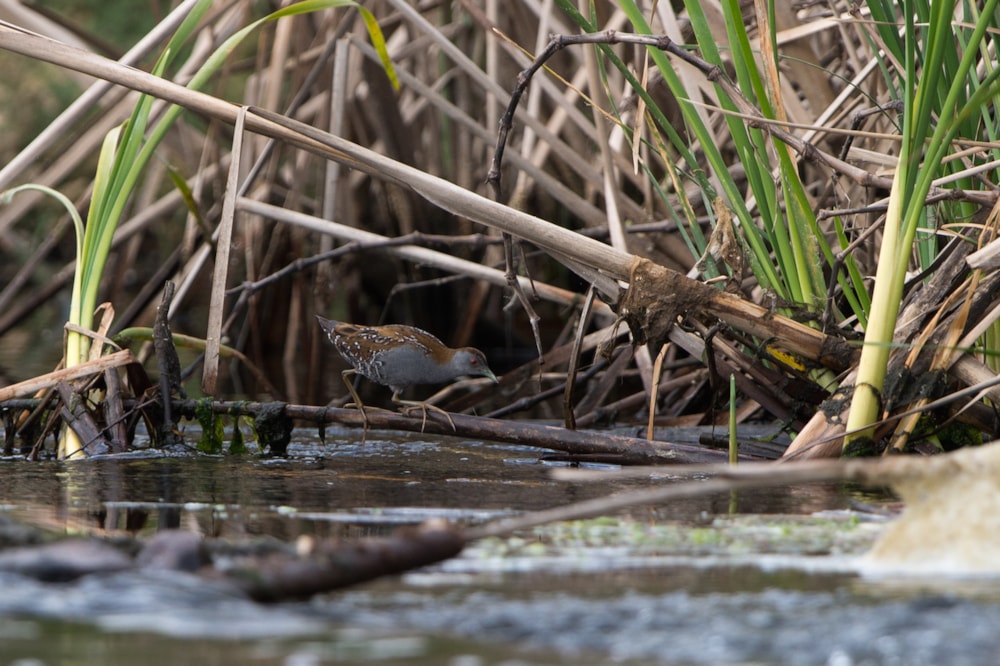
Baillon's Crake is particularly fond of low and stable water levels with vegetation between 50 and 100 cm high, as well as requiring suitable dry spots for nesting and muddy margins (Marc Fasol).
The species bred in Britain until the mid-1800s but, as was the case throughout western Europe, the population declined and retracted south-east, largely as a result of drainage. Thus, Baillon's Crake has retained mega status on our isles, with fewer than 30 records in Britain since 1950. However, during the summer of 2012, as many as 11 males were recorded singing in suitable breeding habitat across at least three sites.
When one considers the 2012 records and partial recolonisation in north-west Europe in recent years, as well as the species' elusive and nocturnal habits, it seems doubtless that – while still rare – Baillon's Crake is one of the most under-recorded species on the British list.
During the last few weeks, there have been signs of a Baillon's Crake influx into north-west Europe. Since the start of May, four nocturnal migration sites in northern and western France recorded the species, with Belz, Brittany, logging birds on two separate nights. A further noc-mig record at Grevenbicht, on the Belgian-Dutch border, on 20 May, has been followed by birds at no fewer than 12 Dutch sites (25 sites in total this spring). Furthermore, on Sunday (9 June), an astonishing count of at least 12 singing males was made at Parc Naturel Régional de Brière in north-west France, in just a small section of wetland studied.
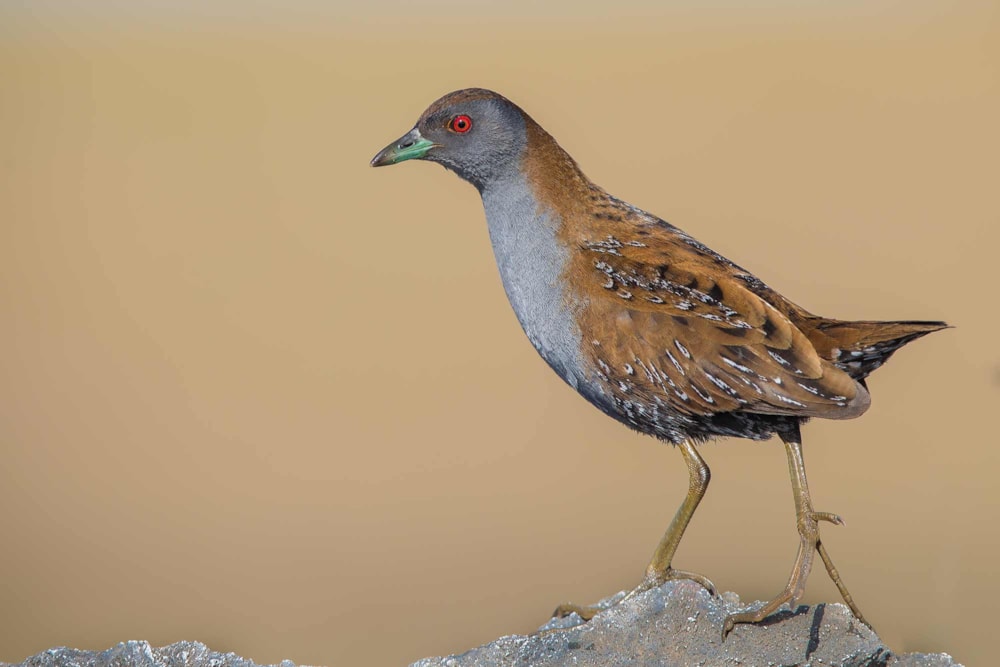
The species is tiny, similar in size to Common Starling, and unsurprisingly it can only be heard when within a few hundred metres' range (David Pérez).
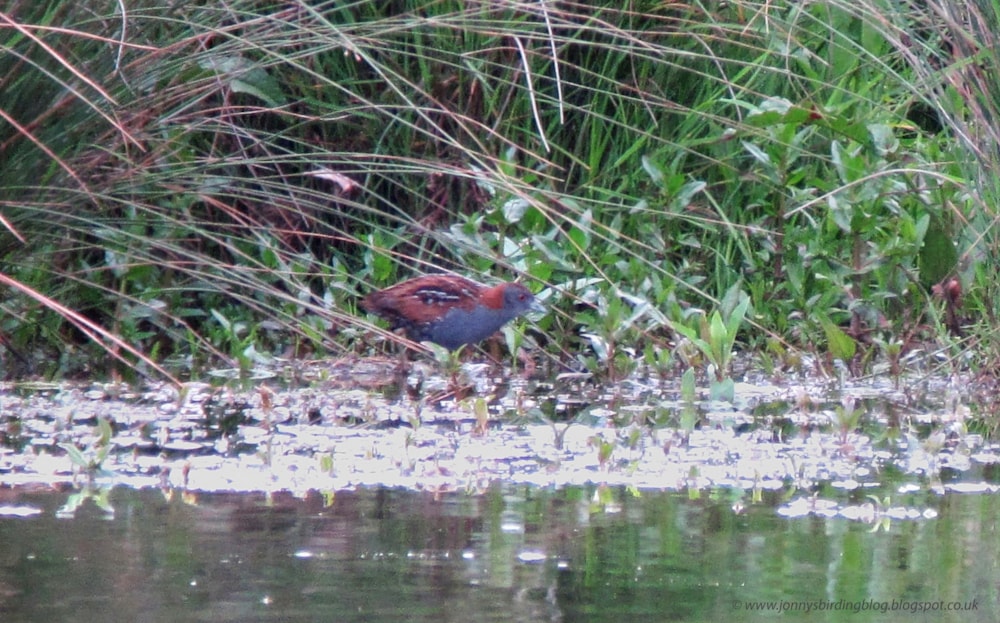
This bird was found in Northumberland earlier this month,though was only present for one day – will it be the first of several Baillon's Crakes recorded in Britain and Ireland this summer? (Jonathan Farooqi).
As a result, it's likely Britain could cash in on this influx (there has already been one record this spring, in Northumberland on 5 June). The 2012 records were thought to have been as a result of drought conditions in Iberia but, while still weather related, it's possible any influx this year could be down to opposite conditions. Spring weather in France, Italy and Spain has been poor, with very low temperatures and prolonged rainfall. As a result, there's a chance Baillon's Crakes have been flooded out of usual nesting sites (the species pairs up and lays the first clutch in early May) and consequently headed north in search of suitable habitat.
Where to look
Baillon's Crake is rather poorly known as Palearctic birds go but, in terms of breeding habitat, water level is key – it must be low and stable. Marshes, water meadows, shallow swamps and even stream and pond margins with abundant cover is favoured, in both fresh and brackish waters. Vegetation shouldn't be overly dense, with sedge and low reeds ideal (sedge marshes are a favoured habitat), and muddy edges required. Other suitable plants include irises and, occasionally, reeds, if short enough.
A study in Navarre, northern Spain (Lekuona et al 2017) found the most appropriate breeding habitat to be flooded rush beds, with plant cover less than one metre high (between 50 cm and 100 cm is optimum), that were not dominated by tall helophyte vegetation. In such habitat, water levels are suitably low yet stable, providing plenty of prey and dry areas for nesting.
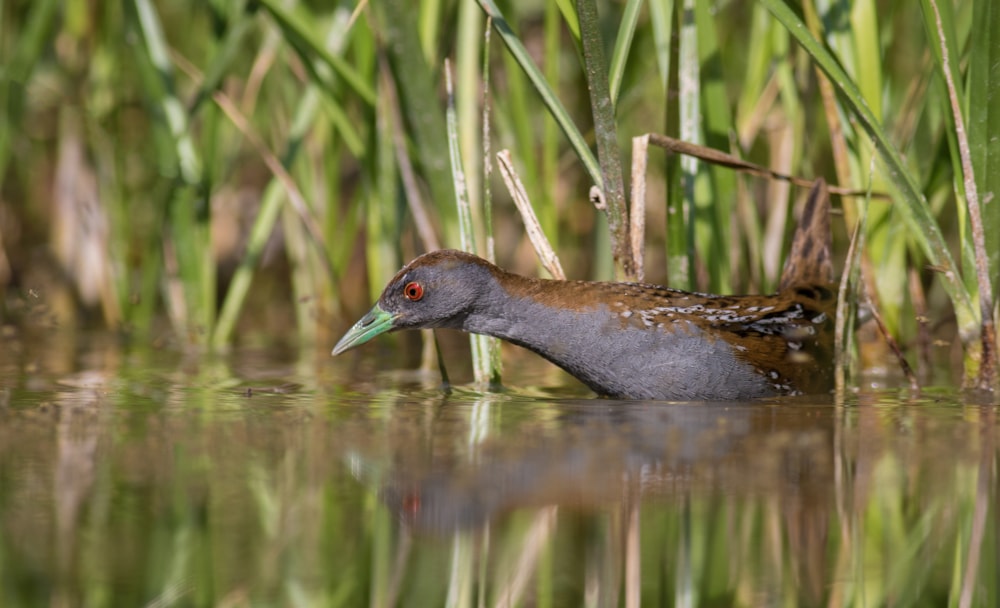
Sedge marshes are one of the most likely places to find Baillon's Crake, with the species also fond of areas with rushes, irises and reeds(Matthew Smith).
It's notable that, during the 2012 influx, three RSPB reserves with extensive and generally flat marshland with areas of low water – Malltraeth Marsh, Nene Washes and Ynys-hir – all held Baillon's Crakes. As many as six were at the first site from 22 May to 14 July, with the Nene Washes individual in voice from 7-19 June and the bird at Ynys-hir recorded singing from 25-28 June.
Despite all the above, vagrant Baillon's Crakes do have form for being both slightly more liberal in their habitat choices and also for being exceptionally showy. For example, a spring bird at Mowbray Park in Sunderland in 1989 famously trotted about the feet of assorted birders along a concrete path next to a pond. Plenty of others have been found exhausted, both cats and dogs have caught them and an unfortunate bird in Surrey in 1837 was simply ‘taken alive from a stream'.
Identification
All of those aforementioned spring and summer 2012 records were located by sound and documented with recordings – during any possible summer influx, finding this nocturnal and highly elusive species requires the identification and recording of vocalisations almost exclusively at night.
Baillon's Crake can be quite vocal during the breeding season, with a rather distinctive, though soft, rattling song and call. The song can vary in length and volume, and is frustratingly similar to Edible Frog, a non-native species found across southern and eastern England. Baillon's Crake, however, sounds slightly more monotonic and hoarser. A lengthy sound recording can be useful, as the sonogram will normally be identifiable from Edible Frog. While volume can vary, generally Baillon's Crakes can't be heard from more than a couple of hundred metres away.
Some links to recordings made in France on Sunday can be found on Xeno-Canto both here and here. An example of the call/flight call can be found here.
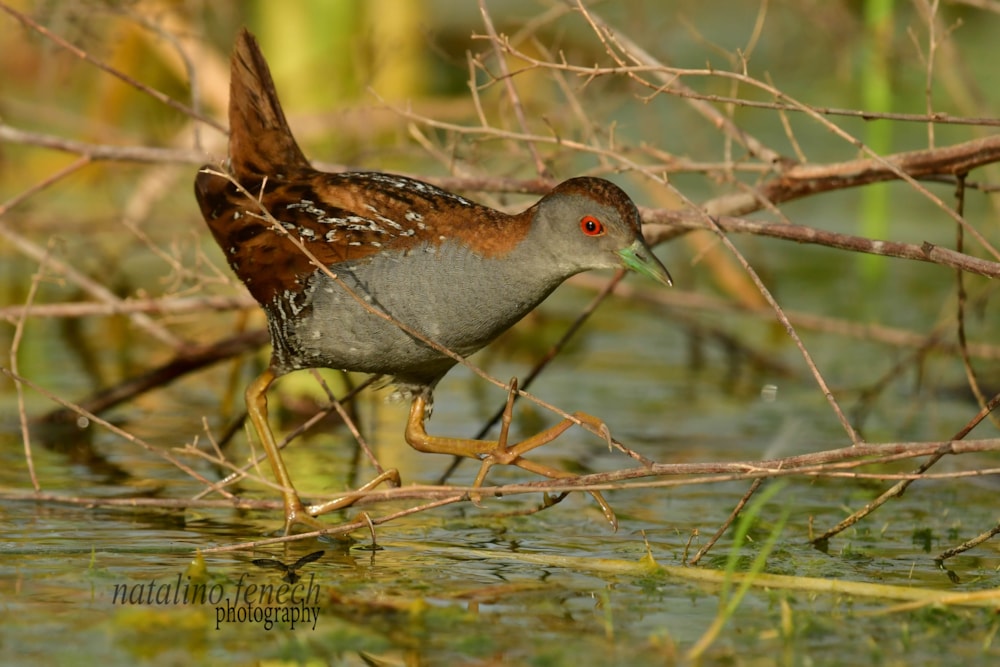
The rattling song of Baillon's Crake sounds similar to that of Edible Frog, and not massively unlike Garganey (Natalino Fenech).
In terms of visual identification, Baillon's Crake is extremely small ('Tiny Crake' is an old name for the species), similar in size to Common Starling. Thus, it's only really confusable with Little Crake, another very rare visitor to Britain and Ireland.
Unlike Little, there is no sexual dimorphism in Baillon's, with males and females looking very similar. Baillon's Crake has as shorter tail and primary projection, with barred rear underparts and – most helpfully – no red at the base of the bill. Baillon's also has more white and black markings on richer brown upperparts.
Later in the season, juveniles may come into play – these are harder to separate from Little but again the primary projection is shorter on Baillon's, which is generally more extensively barred underneath, certainly towards the central underparts and breast. Little also appears far whiter underneath.
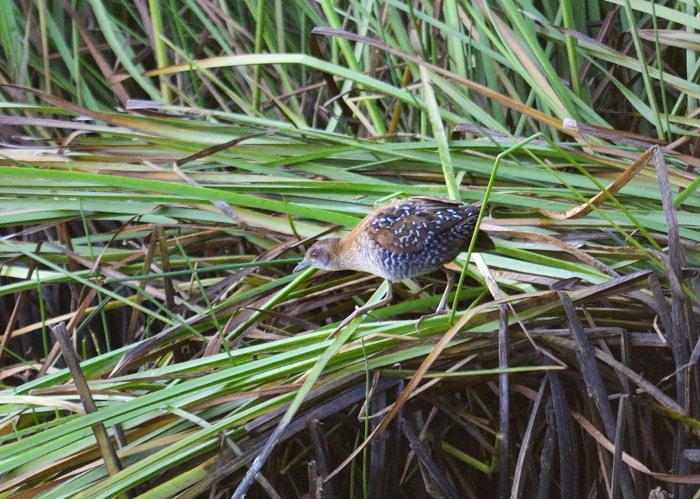
This juvenile was at Rainham Marshes, Greater London, in September 2012, following the last summer influx (Tom Hines).
It is important to remember that any singing Baillon's Crake in suitable habitat is classed as a Rare Breeding Birds Panel (RBBP) species and should be handled accordingly, with sensible news dissemination for starters, along with logging the record and/or recordings with the county recorder.



